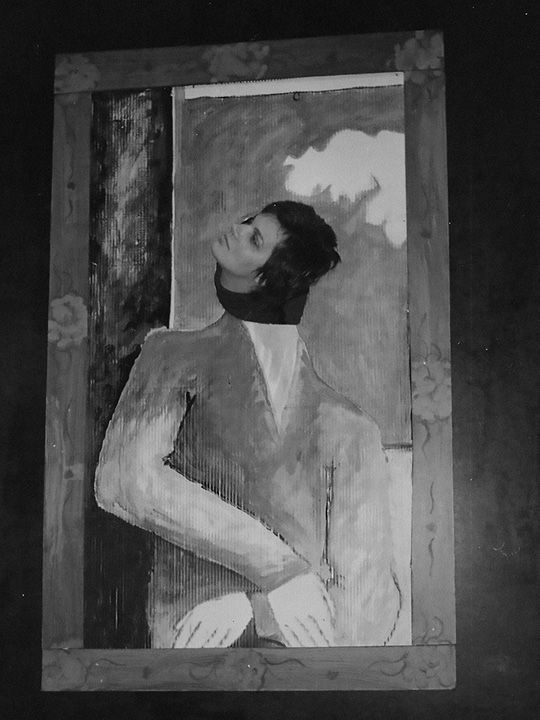
The female presence at the CAPC in the 1970s
The female presence at the CAPC in the 1970s
11 MAY, 16:00
Mosteiro de Santa Clara-a-Nova
Calçada Santa IsabelThe 1970s is a symbolic reference for this conversation, seen as a transition to democracy and changes in the role of women in their multiple social functions and as artists. The meeting deals with the friction between being a contemporary artist and a society that watched and punished. In this context, the guests share the importance of women artists for the construction of CAPC, in roles of creation, management and education.
Beatriz Albuquerque (Porto) has a PhD from Columbia University in New York (FCT Scholarship, Fulbright/FLAD Scholarship), a degree from the Faculty of Fine Arts of the University of Porto and an MFA from The School of the Art Institute of Chicago. She has been awarded several prizes and mentions, such as the Myers Art Award, Columbia University, NY; the Revelation Award, Bienal de Cerveira, Portugal; and the Ambient Series Performance Award, PAC/edge Performance Festival, Chicago.
Ção Pestana (Funchal, 1953) is an intermediate artist who, from the late 1970s to the present day, has been developing artistic and investigative work in the field of art as an intimate body - public body - social body. She was a member of the CAPC Intervention Group - GICAPC, Coimbra, and, as a member of this group, collaborated in collective performances, namely the Cores Collective. She has a bachelor's degree in Cine-Video, ESAP, a degree in Art, Archaeology and Restoration, ESTT, and a master's degree in Ibero-American History, UPT. She has a PhD in Didactic Perspectives in Curricular Areas, USC.
Luiza Saldanha is an architect. She manages the artistic and documentary collection of Túlia Saldanha (1930-1988). From 1966 to 1989, she was a member of the Plastic Arts Circle. She was a member of the Board of Directors (1967-1969 and 1988-1989) and the Artistic Council (1980-1981). She learned painting, drawing, art theory and participatory and collaborative experimental forms in her studios, assisted by João Dixo, Nuno Barreto, Júlio Bragança, Ângelo de Sousa, Alberto Carneiro and Túlia Saldanha.
Related Events
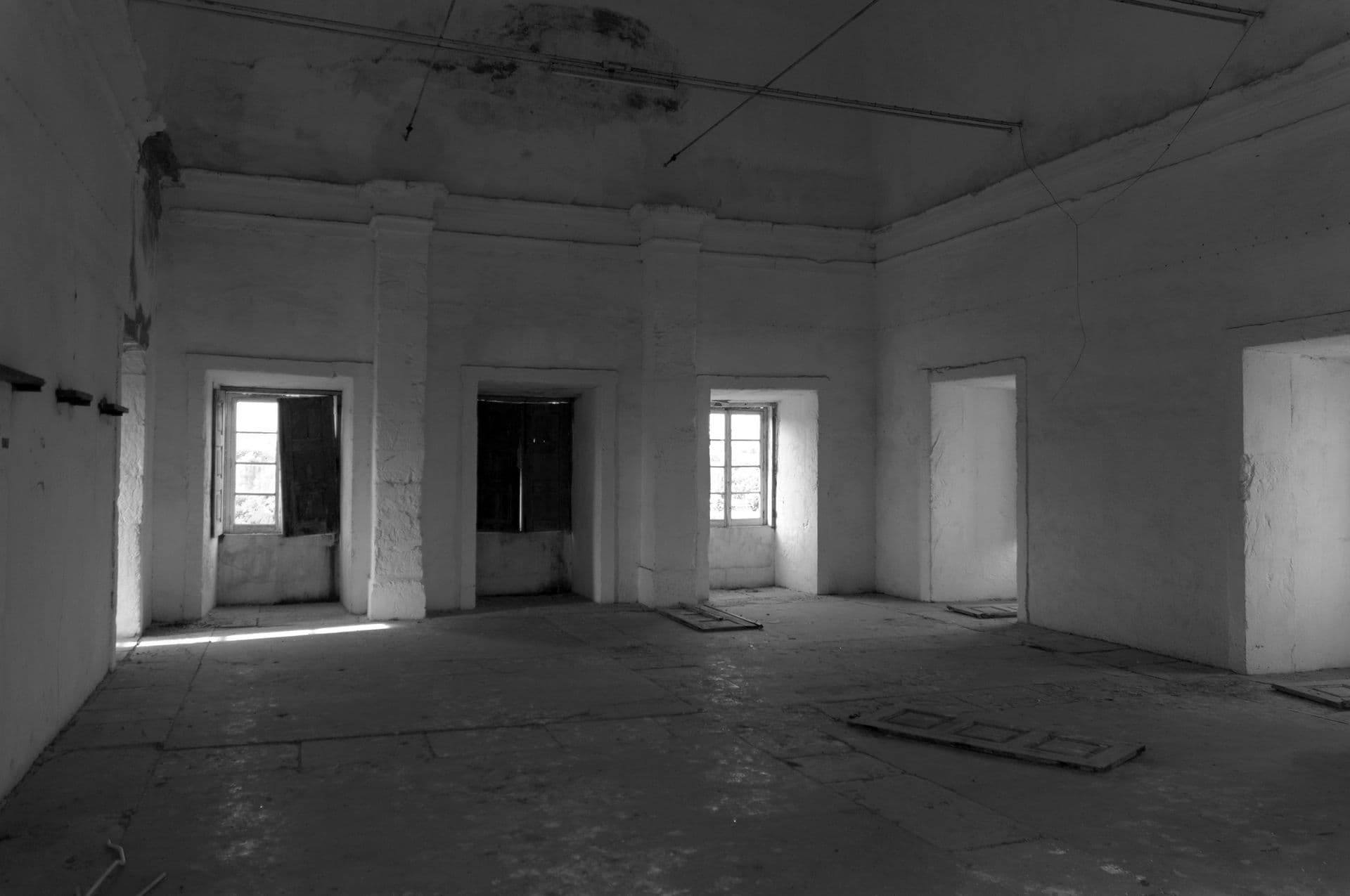
ARCO Lisbon: The Phantom of Liberty
25 MAY, 15:30–16:15
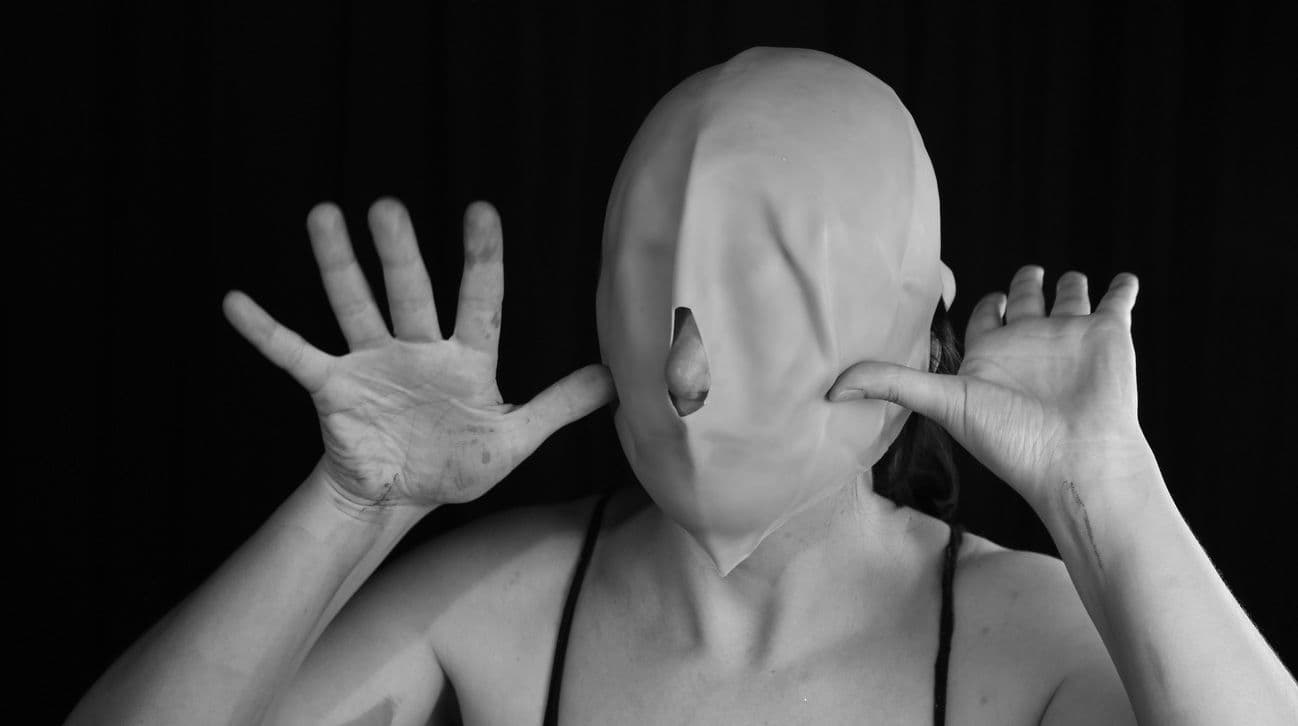
Performance by Bárbara Fonte + Talk Phantoms and Revolutions
20 APR, 15:00
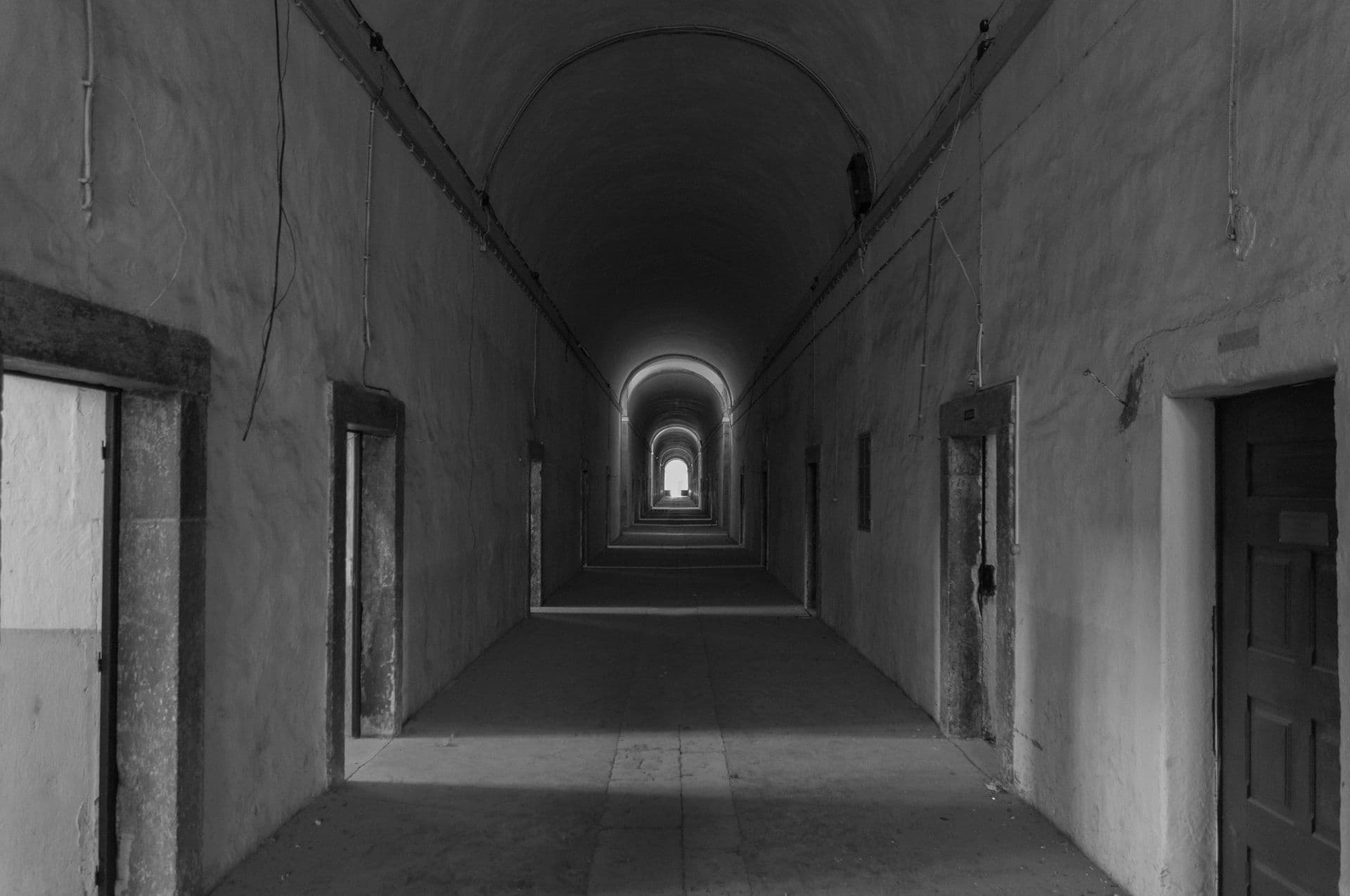
Tour and talk with the curators
07 APR, 16:30
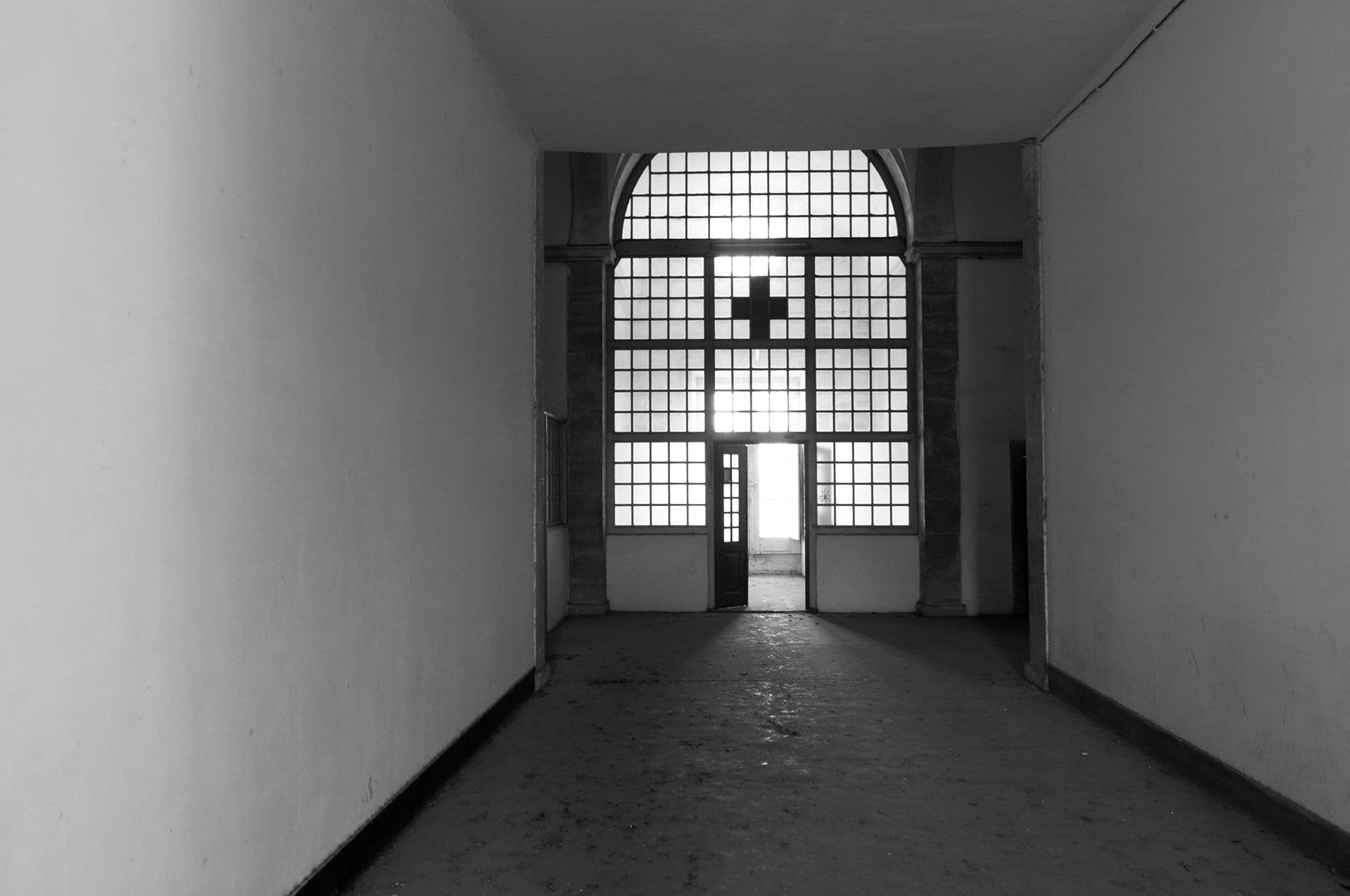
Conversa com os artistas
07 APR, 14:30